Introduction
White sugar, a ubiquitous ingredient in kitchens worldwide, is a staple of modern cuisine. Its granulated crystals, seemingly simple, conceal a complex journey from farm to table. This article delves into the origins, production methods, chemical composition, and cultural significance of white sugar, offering a detailed examination of how this sweet substance is crafted and its role in human history.
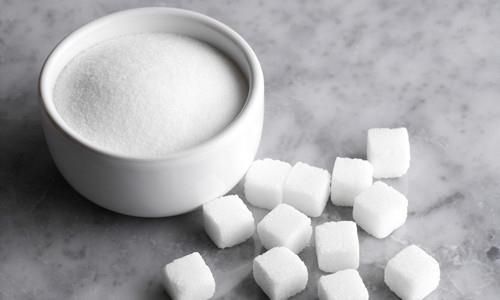
The Source: Sugarcane and Sugar Beets
White sugar is primarily derived from two sources: sugarcane (Saccharum officinarum) and sugar beets (Beta vulgaris). These plants undergo distinct yet equally intricate processes to yield the refined sugar familiar to consumers.
Sugarcane Cultivation
Sugarcane, a tropical grass native to Southeast Asia, thrives in warm, humid climates. Cultivated for millennia, it was first domesticated in New Guinea around 8000 BCE. Today, it is grown in over 100 countries, with Brazil, India, and China leading global production. The plant’s tall stalks, rich in sucrose, are harvested mechanically or manually, depending on the region’s agricultural practices.
Sugar Beet Farming
Sugar beets, a temperate-zone crop, emerged as a sugar source in the 18th century. Their roots, containing high sucrose concentrations, are cultivated in cooler climates such as Europe, North America, and Russia. Modern breeding programs have enhanced their sugar content, making them a viable alternative to sugarcane.
The Production Process: From Plant to Crystal
The transformation of sugarcane or sugar beets into white sugar involves a series of mechanical, chemical, and thermal steps. While the processes differ slightly between the two sources, the core objectives—extracting sucrose, removing impurities, and crystallizing the sugar—remain consistent.
Extraction
Sugarcane Processing
- Harvesting: Mature sugarcane stalks are cut and transported to mills.
- Shredding: Stalks are crushed between rollers to extract juice.
- Clarification: Lime (calcium oxide) is added to the juice to neutralize acids and precipitate impurities. The mixture is heated, causing proteins and waxes to coagulate.
- Filtration: The clarified juice is filtered to remove solids, yielding a clear liquid.
Sugar Beet Processing
- Slicing: Beets are washed and sliced into thin strips called cossettes.
- Diffusion: Cossettes are soaked in hot water to extract sucrose through osmosis.
- Purification: The raw juice undergoes carbonatation, where carbon dioxide is bubbled through to remove non-sugar impurities.
Evaporation and Crystallization
Both processes converge at this stage. The clarified juice or beet extract is concentrated through evaporation under vacuum, reducing water content and increasing sucrose concentration. This thick syrup, known as massecuite, is seeded with sugar crystals to initiate crystallization. The mixture is then centrifuged to separate crystals from molasses, a byproduct rich in minerals and flavor compounds.
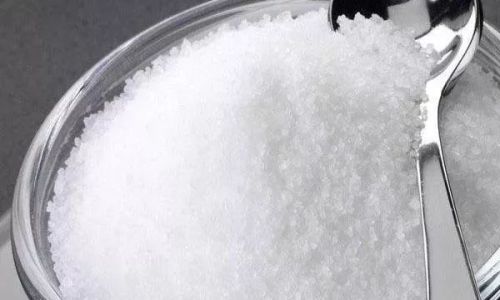
Refining
Raw sugar, obtained from centrifugation, contains residual molasses and impurities. Refining further purifies it:
- Affination: Raw sugar is mixed with a syrup to dissolve outer molasses layers.
- Melting: The mixture is heated to dissolve sugar crystals.
- Clarification and Decolorization: The solution is treated with phosphoric acid and calcium hydroxide to remove impurities, followed by filtration through activated carbon or ion-exchange resins to achieve whiteness.
- Evaporation and Recrystallization: The purified syrup is concentrated and crystallized again, yielding pure white sugar crystals.
Chemical Composition: The Science of Sweetness
White sugar is chemically known as sucrose, a disaccharide composed of one glucose molecule and one fructose molecule linked by a glycosidic bond. Its molecular formula, C₁₂H₂₂O₁₁, defines its structure and properties.
Sucrose Breakdown
During digestion, enzymes in the small intestine hydrolyze sucrose into glucose and fructose, which enter the bloodstream to provide energy. This metabolic process underscores sugar’s role as a quick energy source, though excessive consumption is linked to health issues like obesity and diabetes.
Nutritional Profile
A 100-gram serving of white sugar contains approximately 400 calories, with negligible vitamins, minerals, or fiber. Its high caloric density and lack of nutritional value classify it as an “empty calorie” food, contributing to dietary imbalances when consumed excessively.
Historical Context: From Luxury to Commodity
Sugar’s history is intertwined with colonialism, slavery, and global trade. Initially a rare commodity in medieval Europe, it became a driver of transatlantic trade routes. Plantations in the Caribbean and Americas relied on enslaved labor, etching sugar into the annals of economic and social history.
The 19th century brought technological advancements, such as vacuum pans and centrifugal machines, democratizing sugar access. Today, it is a mass-produced commodity, with global production exceeding 180 million metric tons annually.
Environmental Impact
Sugar production carries environmental costs, including:
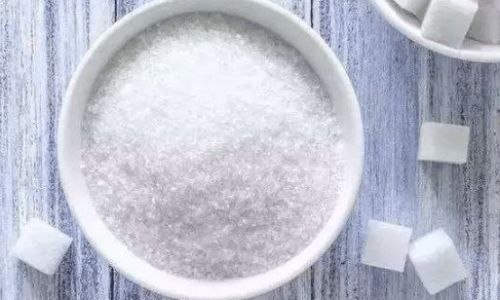
- Water Usage: A single kilogram of sugar requires 1,500–2,000 liters of water, straining water-scarce regions.
- Pesticide Runoff: Sugarcane cultivation often involves pesticides that pollute ecosystems.
- Soil Degradation: Intensive farming practices deplete soil nutrients, necessitating fertilizers.
Sustainable initiatives, such as drip irrigation and organic farming, aim to mitigate these impacts. Organizations like Bonsucro certify ethically sourced sugar, promoting environmental and social responsibility.
Culinary Applications
White sugar’s versatility extends beyond sweetening:
- Baking: It stabilizes egg whites in meringues, ferments yeast in bread, and caramelizes for color and flavor.
- Beverages: From coffee to cocktails, sugar balances acidity and bitterness.
- Preservation: High sugar concentrations inhibit microbial growth, preserving jams and jellies.
- Non-Culinary Uses: Sugar scrubs exfoliate skin, while sugar syrups are used in pharmaceuticals and cosmetics.
Health Considerations
While sugar enhances palatability, moderation is key. The World Health Organization recommends limiting added sugars to 10% of daily caloric intake (approximately 50 grams for a 2,000-calorie diet). Excessive consumption is linked to:
- Dental Caries: Oral bacteria metabolize sugar into acids that erode enamel.
- Metabolic Syndrome: High sugar intake contributes to insulin resistance and fatty liver disease.
- Cardiovascular Disease: Elevated triglyceride levels from fructose metabolism increase heart disease risk.
Alternatives like stevia, erythritol, and monk fruit offer lower-calorie options, though they lack sugar’s bulk and browning capabilities.
Modern Innovations
The sugar industry faces evolving consumer preferences. High-intensity sweeteners, sugar alcohols, and allulose are gaining traction as low-calorie substitutes. Meanwhile, advancements in enzymatic hydrolysis and fermentation are exploring sustainable sucrose production from non-traditional sources, such as agricultural waste.
Conclusion
White sugar, a product of botanical ingenuity and industrial innovation, remains a cornerstone of global diets. Its journey from sugarcane fields and beet farms to kitchen cabinets reflects centuries of agricultural, technological, and cultural evolution. While its health and environmental impacts necessitate mindful consumption, sugar’s culinary and economic significance endures. As society balances indulgence with sustainability, the story of white sugar continues to sweeten—and challenge—the modern world.
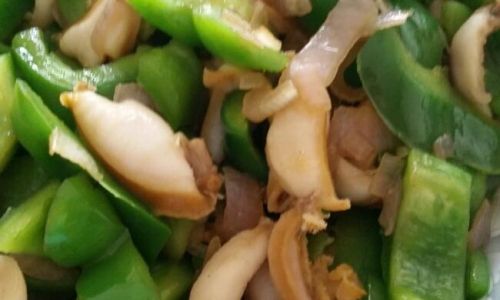
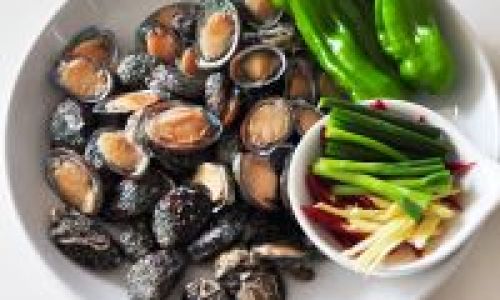

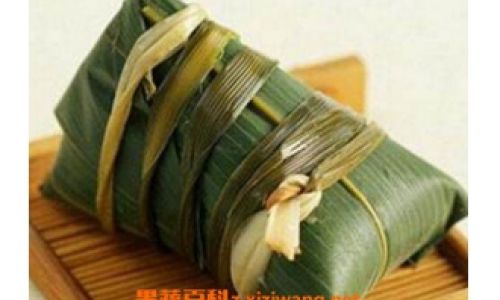

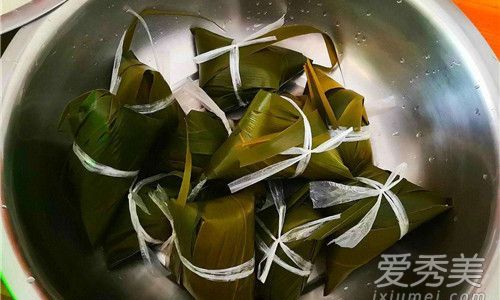
0 comments